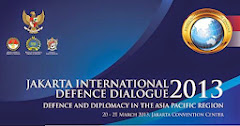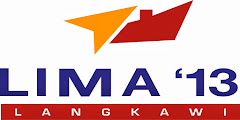30 Juni 2011
 Leopard AS1 MBT of the Australian Armed Forces (photo : Redbubble)
Leopard AS1 MBT of the Australian Armed Forces (photo : Redbubble)SYDNEY - Australia said June 29 that it would undertake its biggest disposal of military equipment since World War II to fund a major upgrade, with combat aircraft, helicopters and ships all up for grabs.
Over the next 15 years, the Australian Defence Force will replace or upgrade up to 85 percent of its equipment, said Minister for Defence Materiel Jason Clare.
This means the force will dispose of up to 24 ships, 70 combat aircraft, 110 other aircraft, 120 helicopters and 600 armored vehicles in the next decade. The government wants to use the revenue generated to fund new purchases.
Clare said Britain has generated 650 million pounds ($1 billion) since 1997 by disposing of its unwanted military assets, but Australia has spent about $20 million Australian dollars ($21.2 million) offloading similar equipment in that time.
"That's why I am reforming Australia's system of military disposals - to reduce costs, generate potential revenue and provide opportunities for defense industry involvement," he said.
As it plans to spend billions on new submarines, naval helicopters and F-35 stealth fighter jets over the next 20 years, Australia also is positioning for bulk sell-offs, with the first offer of up to 24 ships over the next decade.
Companies can bid for all ships, a class of ships or a single ship, Clare said.
"By disposing of this equipment in bulk, it will increase the amount of revenue Defence can raise and reinvest in new equipment," Clare said in a statement.
"It also provides the scale which gives real opportunities for business," he added.
"By disposing of this equipment in bulk, it will increase the amount of revenue Defence can raise and reinvest in new equipment," Clare said in a statement.
"It also provides the scale which gives real opportunities for business," he added.
Clare said the government would attempt to help preserve important historic pieces of military equipment.





















 KD Mutiara 255 (photo : PBase)
KD Mutiara 255 (photo : PBase)
































